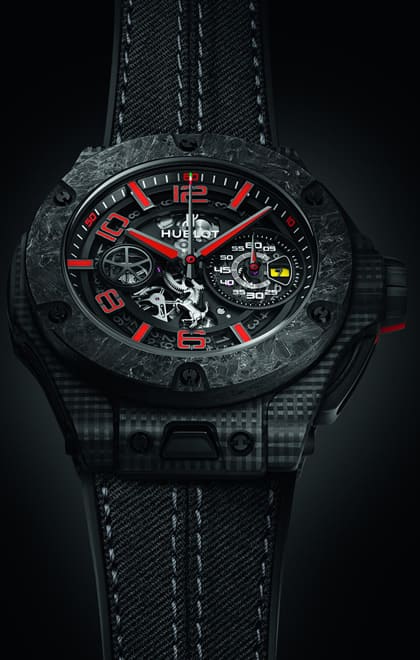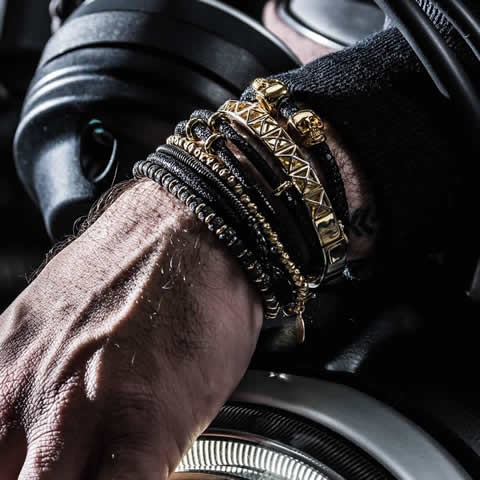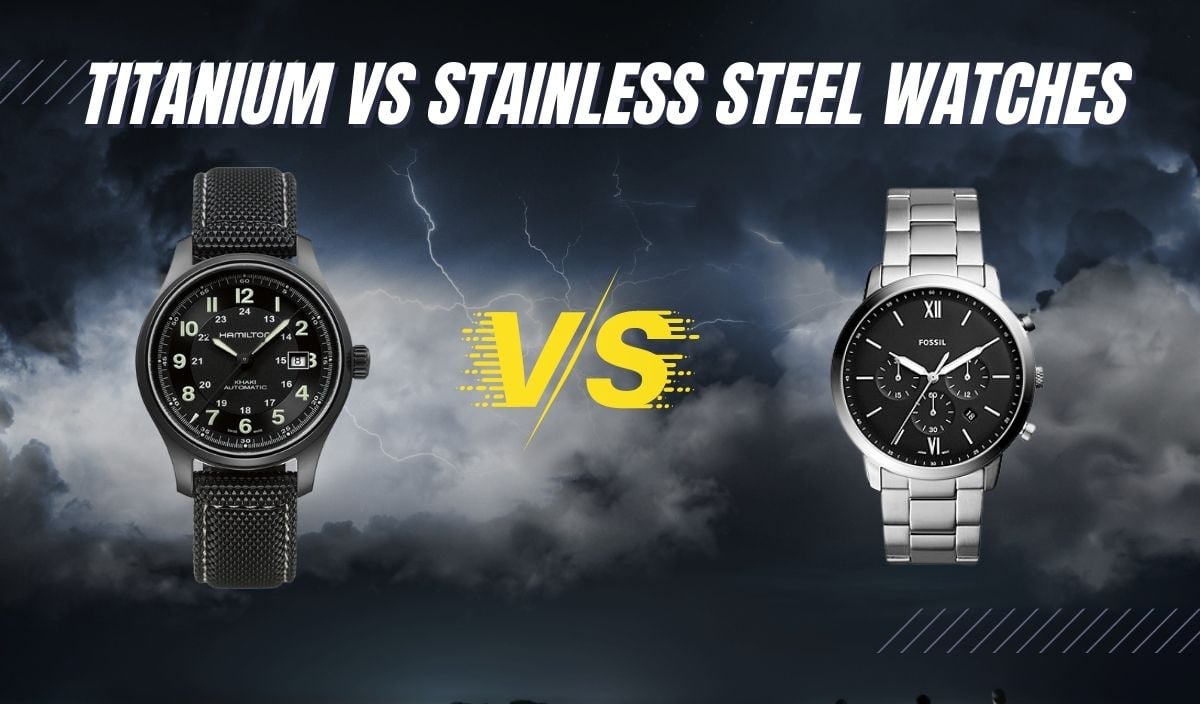
Titanium vs. Stainless Steel Watches (Durability, Aesthetics, Etc.)
For those looking for the perfect timepiece, deciding between titanium and stainless steel can be difficult. Both metals have distinct properties that affect the look and feel of the watch in different ways.
Whether you purchase a timepiece made from stainless steel or one made from titanium will be determined by both your daily needs and your personal preferences. Durability, feel, and even aesthetics will impact which of these two materials will work best for your needs.
That’s why it’s essential to be knowledgeable about the ins and outs of both materials when choosing a new watch for yourself or as a gift. Keep reading to find out the differences and similarities between titanium and stainless steel and which one may be right for you.
What Is a Stainless Steel Watch?
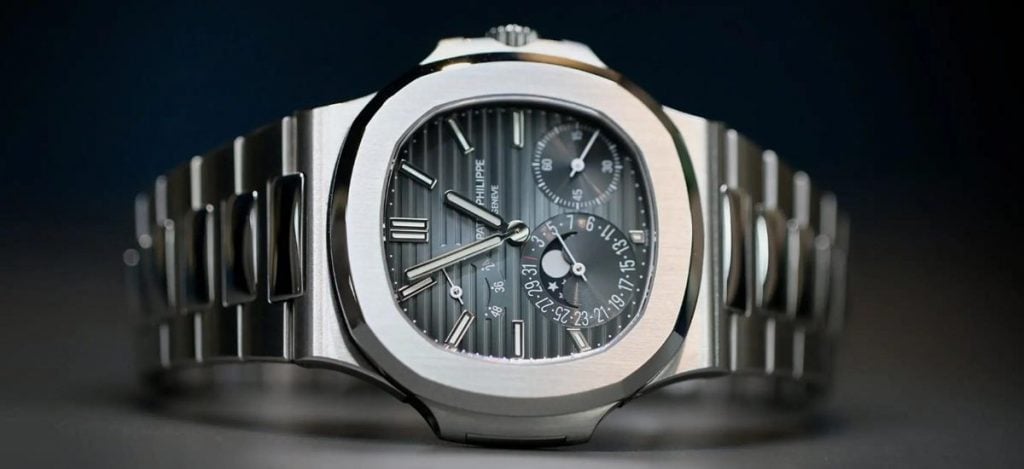
Stainless steel is one of the most common materials for modern watches. It’s popular due to its affordability and relatively easy maintenance compared to precious metals like gold or silver.
Stainless steel provides strong protection from rust and corrosion while remaining somewhat lightweight on the wrist compared to precious metals. It is also highly resistant to scratching, making it an excellent option for daily wear. But how did stainless steel become such a popular material for wristwatches?
Prior to the 1930s, most pocket watches and wristwatches were made from precious metals such as gold and silver. This was because stainless steel was too hard for watchmakers to modify and shape. Precious metals were more malleable, making them far more feasible to work with.
However, the onset of The Great Depression, coupled with technological improvements, resulted in a desire for more affordable watches and the means to produce them. From the 1930s onward, stainless steel became the standard for most daily wear watches.
The most common types of steel for modern watches are 316L and 904L. Both are durable, but 904L steel, preferred by brands such as Rolex, is said to be slightly more scratch-resistant and hold a more pleasing luster to the naked eye.
What Is a Titanium Watch?
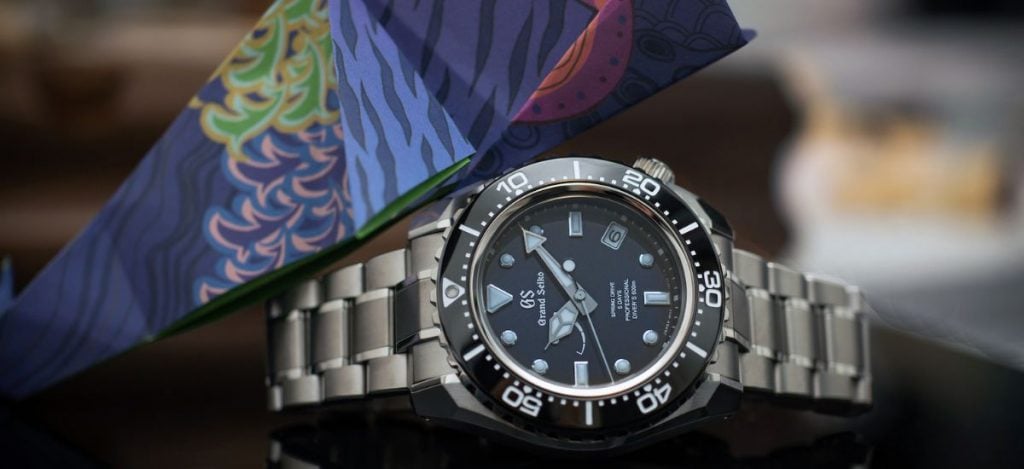
Titanium watches are more expensive than their stainless steel counterparts but offer more durability. This metal has an impressive strength-to-weight ratio and offers increased corrosion resistance compared to other metals.
Titanium is also hypoallergenic, meaning it won’t cause any allergic reactions in people with sensitive skin types. Titanium is a non-magnetic metal, making it convenient for those working near magnetized machinery.
The first ever titanium watch was created by the Japanese brand Citizen in 1970. It was called the Citizen X-8 Chronometer, and it boasted a limited run of fewer than 2000 pieces and a 99.6% pure titanium case. It was a significant technological advancement and led to Seiko following a few years later and the rest of the watch world not too far behind.
Since then, titanium has been used by almost every major watch brand in one form or another. It’s a popular choice for those who want something a little different from the standard stainless steel but don’t necessarily want to spring for the high cost of a watch made from precious metals.
Why Are Stainless Steel Watches More Common Than Titanium Watches?
If both titanium and stainless steel have pros and cons, why is stainless steel used more often? The answer to this simple question comes down to one factor: Cost of production.
Titanium is produced by creating a reaction of tetrachloride with magnesium through what’s called “The Kroll Process”. It’s an expensive undertaking. Moreover, this process yields a relatively small quantity of usable titanium material.
Stainless steel, on the other hand, is made by a simpler and more cost-effective process. It consists of simple iron, chromium, and nickel. Nickel and chromium are added to give the steel its stainless properties. Because stainless steel is easier and less expensive to make, it’s preferable for most people who may be choosing their watch with budget in mind.
Titanium vs Stainless Steel: The Battle for the Ultimate Watch Material
Both titanium and stainless steel are excellent options for creating timepieces, but there are some key differences between them. In order to make an informed decision about which of these materials is better for your personal needs, it’s important to examine the pros and cons of each in-depth. Here’s a look at how these two materials compare:
Strength – Titanium is stronger than stainless steel, making it better suited for use in sports watches or any situation where extra strength may be required. There’s a reason why NASA started using titanium in the space program back in the 1960s and has continued to do so up until today.
Corrosion Resistance – Titanium offers more protection against corrosion than stainless steel overall. However, stainless steel provides better resistance against intrusive elements such as salt. Neither material is a clear winner in this regard; they’re just slightly different.
Scratch Resistance – Titanium is naturally more scratch resistant than stainless steel and will not show wear and tear as easily over time. While some people like the character that their watch gains through scratches during daily use, some prefer their timepieces to have a more pristine aesthetic. For these people, titanium may be the better option.
Weight – As mentioned previously, titanium is lighter than stainless steel and makes for a more comfortable wearing experience on the wrist when compared side by side. However, some watch collectors complain that a titanium watch, though by no means low quality, just feels “cheaper” on the wrist because of the lightweight nature of the material. Some, though, swear by titanium because of the comfort of such a lightweight material.
Hypoallergenic Properties – Titanium is an excellent choice if you have sensitive skin because it will not irritate your skin like other metals can sometimes do (stainless steel included). This may be the most crucial factor in choosing between the two materials for some people. Those who have difficulty adjusting to different materials coming in contact with their skin will most likely swear by titanium watches due to their hypoallergenic properties.
Cost – Because of titanium’s high cost to low yield proportions, it makes for more expensive watches. There is a far greater range of prices for stainless steel watches than titanium. From some of the least costly to some of the most expensive watches, stainless steel is the material. On the other hand, titanium tends to be on the pricier side of the watch market and isn’t as well represented on the lower end as stainless steel is.
Aesthetics – Stainless steel has a bright, white-toned finish to it. This is true whether the steel is polished or brushed. On the other hand, Titanium has a dull, greyish tone. Even when given a highly polished finish, titanium tends to be darker than standard stainless steel.
Titanium is often described as “misty”, while stainless steel is brighter. Those who prefer a flashier look will likely get what they want from stainless steel. For those who are more likely to select a more under-the-radar aesthetic, titanium is probably preferable.
Titanium or Stainless Steel? Which Is Better for a Dive Watch?
One of the most common questions regarding the titanium vs. stainless steel debate centers around dive watches. In recent decades, dive watches have become some of the most popular models, as common on Hollywood red carpets as in the depths of the ocean.
However, those who use their dive watch for…you know…actual diving often wonder if either of these two materials is inherently superior for use in the deep blue sea.
Unfortunately, there’s not a straightforward answer to this query. While stainless steel is generally less susceptible to salt damage, titanium is also no slouch.
The general consensus is that whether you prefer a titanium or stainless steel dive watch hinges on the same factors as whether you like either material for regular daily wear as well. Perhaps the most common deciding factor is weight.
Conclusion
If you were hoping to get a definitive answer as to which material you should choose, you’ve been reading the wrong article. But if you expected to inform yourself about the pros and cons of each material to make an informed personal decision, then we hope we succeeded in meeting your expectations.
Now that you have all the pertinent information, it’s your job to decide which option is right for you. It often helps to make a pros and cons list specifically targeted to your personal needs. Now that you know the attributes of each metal, you can make a well-informed decision about the perfect option for your next watch purchase.
Whether you choose titanium or stainless steel for your next watch largely depends on personal preference (and budget). Both materials have their advantages and disadvantages, which need to be considered before buying.
With that said, both metals offer excellent quality watches that will stand up to years of use with proper care and maintenance. Whichever option you decide upon, we wish you years of happy use!
About Exquisite Timepieces
Established in 1998, Exquisite Timepieces is your one-stop shop for all things luxury watches! We are an authorized dealer for 60+ luxury watch brands including Omega, Hublot, Seiko, & Longines! We are proud to showcase one of the world’s largest pre-owned watch collections, including renowned brands like Rolex and Patek Philippe. Check out our brand new watch arrivals here and popular pre-owned listings here.


